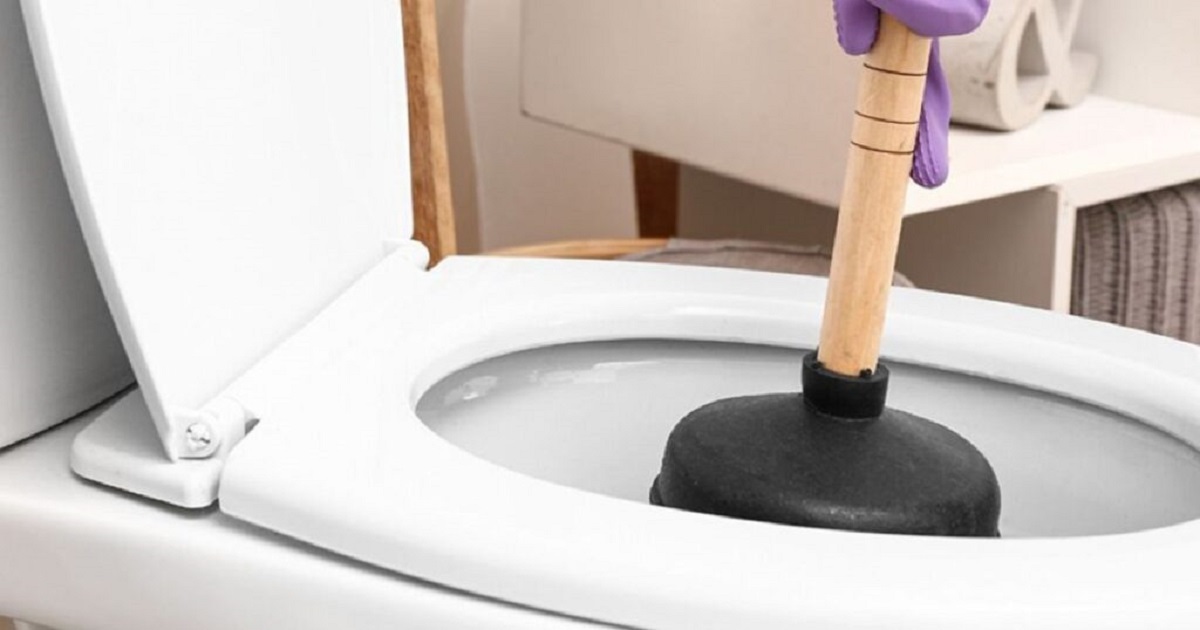

Articles
How to Unclog RV Toilet
Modified: October 20, 2024
Learn effective techniques and strategies in our comprehensive articles on how to unclog an RV toilet.
(Many of the links in this article redirect to a specific reviewed product. Your purchase of these products through affiliate links helps to generate commission for Storables.com, at no extra cost. Learn more)
Introduction
Welcome to the world of RV travel! Whether you’re a seasoned RV enthusiast or a newbie embarking on your first adventure, one thing is for sure – you’ll encounter your fair share of challenges along the way. One common issue that RV owners face is a clogged toilet, which can quickly turn a pleasant journey into a messy and unpleasant experience.
Just like in a regular household, an RV toilet can become clogged for various reasons. Understanding the causes of these clogs and having the right tools and knowledge to tackle them can save you time, money, and a whole lot of frustration. In this article, we’ll guide you through the process of unclogging an RV toilet and provide you with some insightful tips to help prevent future clogs.
So, let’s dive in and discover how to tackle this not-so-pleasant task and keep your RV toilet running smoothly throughout your travels.
Key Takeaways:
- Understanding the unique workings of RV toilets and the common causes of clogs can help you effectively unclog and prevent issues, ensuring a smooth and hassle-free travel experience.
- Equipping yourself with the right tools, following a step-by-step unclogging guide, and implementing preventative measures such as using RV-specific toilet paper and regular maintenance can minimize the risk of RV toilet clogs, allowing you to enjoy your journey with peace of mind.
Read more: How To Unclog Toilet With Snake
Understanding the RV Toilet
Before we tackle the issue of a clogged RV toilet, it’s important to have a basic understanding of how this unique system works. Unlike the toilets we have in our homes, RV toilets have a few key differences that set them apart.
Firstly, RV toilets are designed to be compact and lightweight, making them ideal for travel. They use a water-flush system that utilizes a small amount of water to carry waste into a holding tank. This tank, often located beneath the RV, stores the waste until it can be properly disposed of at a dump station.
Another crucial difference is that RV toilets use special toilet paper that is specifically designed to dissolve quickly and prevent clogs. Regular household toilet paper can be too thick and may not dissolve effectively in the RV’s holding tank.
It’s important to note that RVs come with different types of toilets, including gravity-flush and macerating toilets. Gravity-flush toilets rely on gravity to move waste into the holding tank, while macerating toilets use a built-in macerator to break down waste before it enters the tank.
Understanding the type of toilet in your RV will help you better troubleshoot any issues and effectively unclog it if needed.
Now that we have a basic understanding of how RV toilets work, let’s explore the common causes of RV toilet clogs and how to overcome them.
Common Causes of RV Toilet Clogs
Dealing with a clogged RV toilet can be a frustrating experience, but understanding the common causes of these clogs can help you prevent them in the future. Here are some of the most common culprits:
- Too much toilet paper: Using excessive amounts of toilet paper in an RV toilet can easily lead to clogs. Remember, RV toilets are designed to handle smaller amounts of toilet paper, so it’s important to use it sparingly.
- Foreign objects: Accidentally dropping items like dental floss, wet wipes, or feminine hygiene products into the toilet can quickly cause a blockage. Always dispose of these items in the proper trash receptacles.
- Calcium and mineral deposits: If you’re traveling in areas with hard water or have neglected to maintain your RV’s plumbing system, calcium and mineral deposits can accumulate in the toilet’s pipes and cause clogs.
- Tank buildup: Over time, waste and debris can build up in the RV’s holding tank, obstructing the flow of waste and causing clogs.
- Low water pressure: Insufficient water pressure can prevent proper flushing, leading to inadequate waste removal and potential clogs.
Now that we know the common causes of RV toilet clogs, let’s move on to the tools and materials you’ll need to unclog your RV toilet.
Tools and Materials Needed
Before you can tackle a clogged RV toilet, you’ll need to gather a few essential tools and materials. Having these on hand will make the unclogging process much smoother. Here’s what you’ll need:
- Plunger: A good-quality plunger with a flange or extension will be your primary tool for unclogging the toilet. Make sure it has a snug fit in the toilet bowl for effective suction.
- Rubber gloves: Protect your hands from any unsanitary mess by wearing rubber gloves throughout the unclogging process.
- Bucket and sponge: You may need a bucket to collect excess water or clean up spills, along with a sponge for wiping down surfaces.
- Toilet auger or snake: If a plunger doesn’t do the trick, a toilet auger or snake can help reach deeper clogs and clear the blockage.
- Hot water: Boiling a pot of water can sometimes help break down stubborn clogs. Ensure the water is hot but not boiling to avoid damaging the toilet.
- Enzyme-based cleaner: An enzyme-based cleaner specifically designed for RV toilets can be used to break down waste and prevent future clogs.
Having these tools and materials readily available in your RV will save you from the inconvenience of searching for them while dealing with a clogged toilet.
Now that we’re equipped with the necessary tools, let’s move on to the step-by-step guide on how to unclog an RV toilet.
To unclog an RV toilet, try using a toilet plunger to create suction and dislodge the clog. If that doesn’t work, use a toilet auger to break up and remove the blockage. Always wear gloves and follow proper sanitation procedures.
Step-by-Step Guide to Unclogging an RV Toilet
Dealing with a clogged RV toilet can seem daunting, but with the right approach, you can quickly resolve the issue. Follow these steps to unclog your RV toilet:
- Put on your rubber gloves to protect your hands from any mess.
- If there is excess water in the toilet bowl, use a bucket or sponge to remove it until the water level is low.
- Grab your plunger and position it over the toilet drain. Ensure that the plunger completely covers the drain opening.
- Apply firm downward pressure and vigorously plunge the toilet for about 10-15 seconds. Repeat this motion several times until the water starts draining properly. Be patient, as it may take a few attempts to clear the clog.
- If plunging doesn’t work, try using a toilet auger or snake. Insert the auger into the toilet drain and slowly rotate it while pushing it further into the pipe. This can help dislodge stubborn clogs that the plunger couldn’t remove.
- If necessary, pour hot (but not boiling) water into the toilet bowl. The heat can help break down the clog and facilitate its removal. Only use this method if your RV’s toilet is made of material that can withstand hot water.
- After successfully unclogging the toilet, flush it a few times to ensure proper drainage. If the water is draining normally, you’ve successfully resolved the issue.
- Finally, clean and sanitize your toilet using an enzyme-based cleaner to eliminate any lingering odors or bacteria.
Remember to dispose of any waste materials properly and follow good hygiene practices throughout the unclogging process.
Now that you’ve learned how to unclog an RV toilet, let’s explore some additional tips to prevent future clogs.
Read more: How To Unclog A Toilet Without A Plunger
Additional Tips for Preventing RV Toilet Clogs
Prevention is always better than the cure, especially when it comes to clogged RV toilets. By following these tips, you can minimize the risk of encountering toilet clogs during your travels:
- Use RV-specific toilet paper: Regular household toilet paper can be too thick and may not dissolve effectively in the RV’s holding tank. Opt for RV-specific toilet paper that is designed to dissolve quickly and prevent clogs.
- Flush frequently and thoroughly: To prevent buildup in the tank and keep the toilet clear, make it a habit to flush the toilet frequently and thoroughly during use.
- Flush with plenty of water: Ensure that you’re using enough water to effectively flush waste down the drain. Insufficient water can lead to inadequate waste removal and potential clogs.
- Avoid flushing non-biodegradable items: Only flush waste and toilet paper down the toilet. Avoid flushing any other foreign objects, such as wet wipes, dental floss, or feminine hygiene products, as they can cause clogs.
- Regularly maintain your RV’s plumbing system: Implement a regular maintenance routine for your RV’s plumbing system. This can include using enzyme-based cleaners, periodically flushing the tanks, and inspecting for any signs of leaks or clogs.
- Monitor water pressure: Low water pressure can hinder proper flushing and increase the risk of clogs. If you notice a decrease in water pressure, it may be necessary to address the issue before it worsens.
By following these preventative tips, you can decrease the chances of encountering a clogged RV toilet and enjoy a trouble-free journey.
Now that we’ve covered how to prevent RV toilet clogs, it’s time to wrap up our guide.
Conclusion
Dealing with a clogged RV toilet is never a pleasant experience, but with the right knowledge and tools, you can quickly resolve the issue and continue enjoying your travel adventures. By understanding how RV toilets work, identifying common causes of clogs, and equipping yourself with the necessary tools, you can effectively unclog your RV toilet and prevent future incidents.
Remember to use RV-specific toilet paper, flush frequently and thoroughly, and avoid flushing any non-biodegradable items down the toilet. Regular maintenance of your RV’s plumbing system, including the use of enzyme-based cleaners, is crucial for preventing clogs and ensuring a smooth journey.
If you do encounter a clogged toilet, be patient and use a plunger or toilet auger to dislodge the blockage. Hot water can also be used as a last resort to break down stubborn clogs. Always prioritize safety and hygiene by wearing rubber gloves and properly disposing of waste materials.
By following these tips and taking proactive measures, you can minimize the risk of clogs and keep your RV toilet running smoothly throughout your travels.
So, the next time you find yourself facing a clogged RV toilet, don’t panic. Armed with this knowledge, you’ll be well-equipped to handle the situation and get back on the road in no time!
Safe travels!
Frequently Asked Questions about How To Unclog RV Toilet
Was this page helpful?
At Storables.com, we guarantee accurate and reliable information. Our content, validated by Expert Board Contributors, is crafted following stringent Editorial Policies. We're committed to providing you with well-researched, expert-backed insights for all your informational needs.
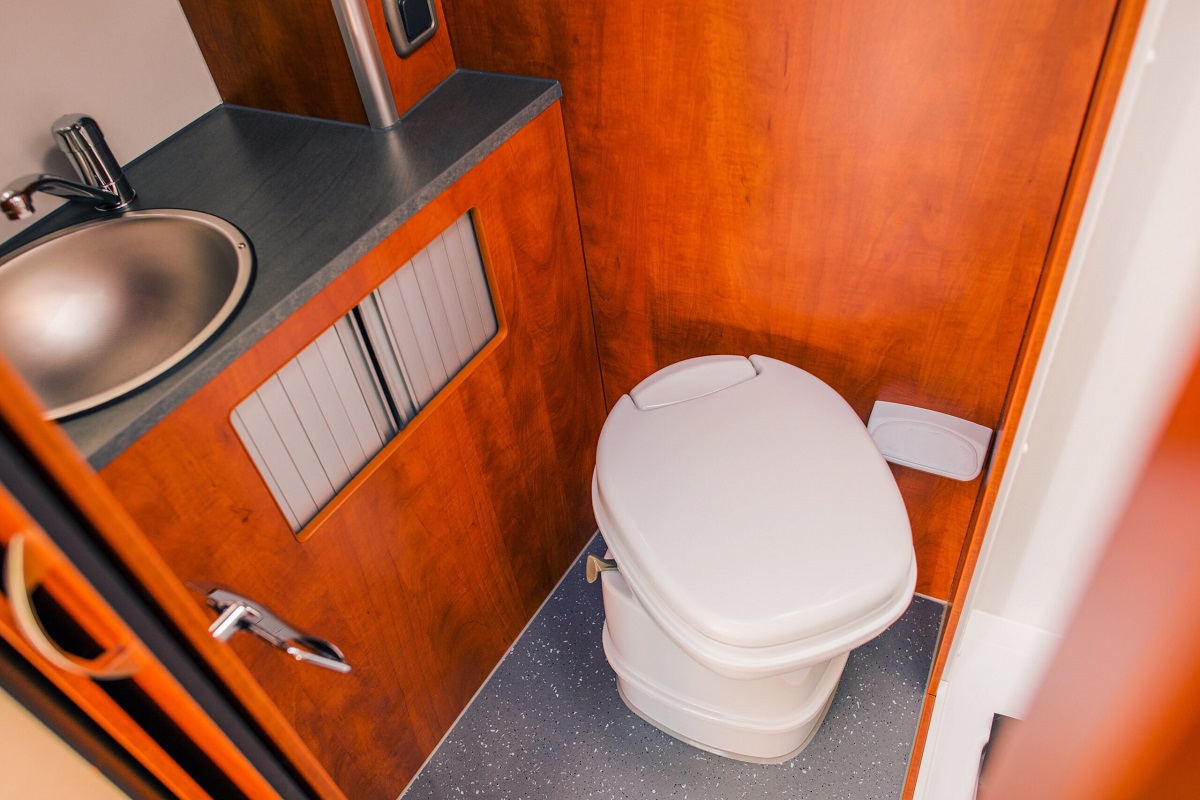

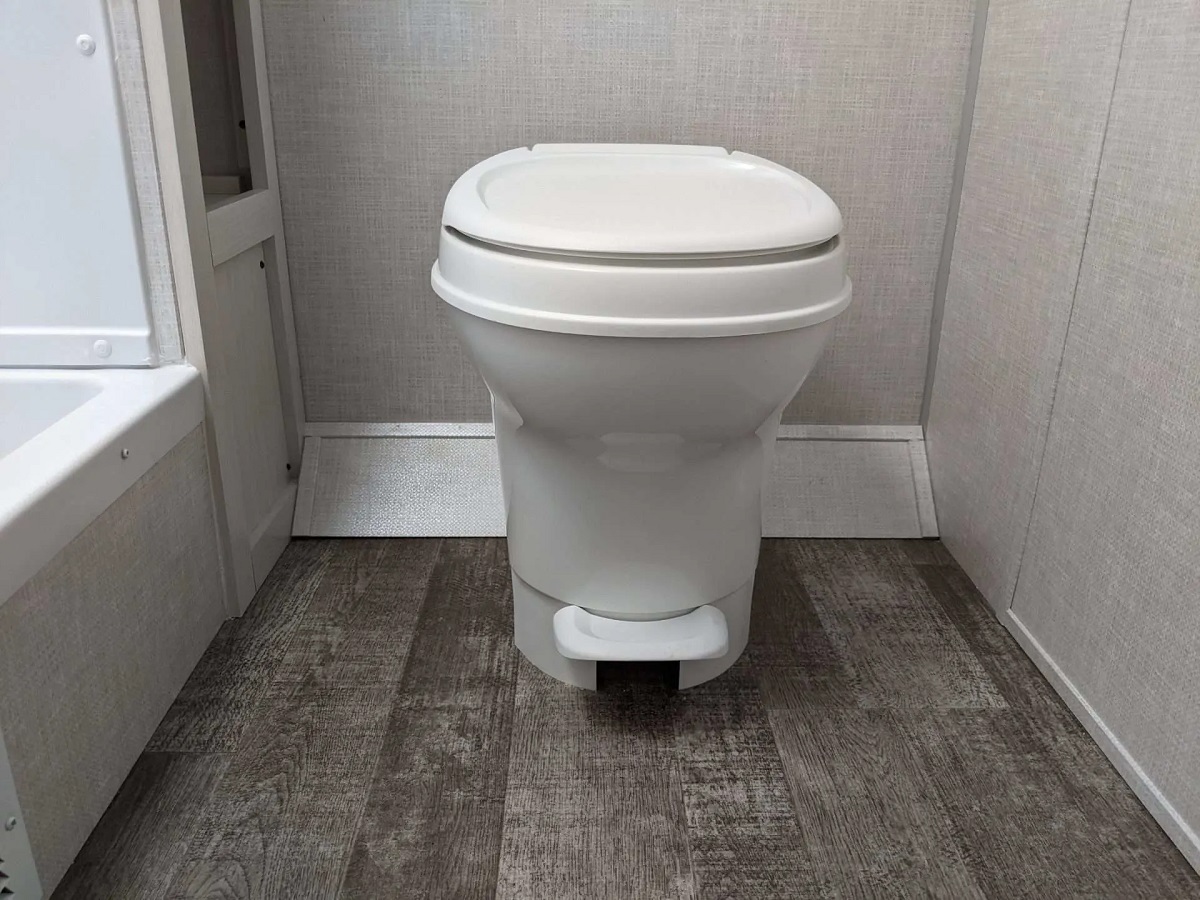
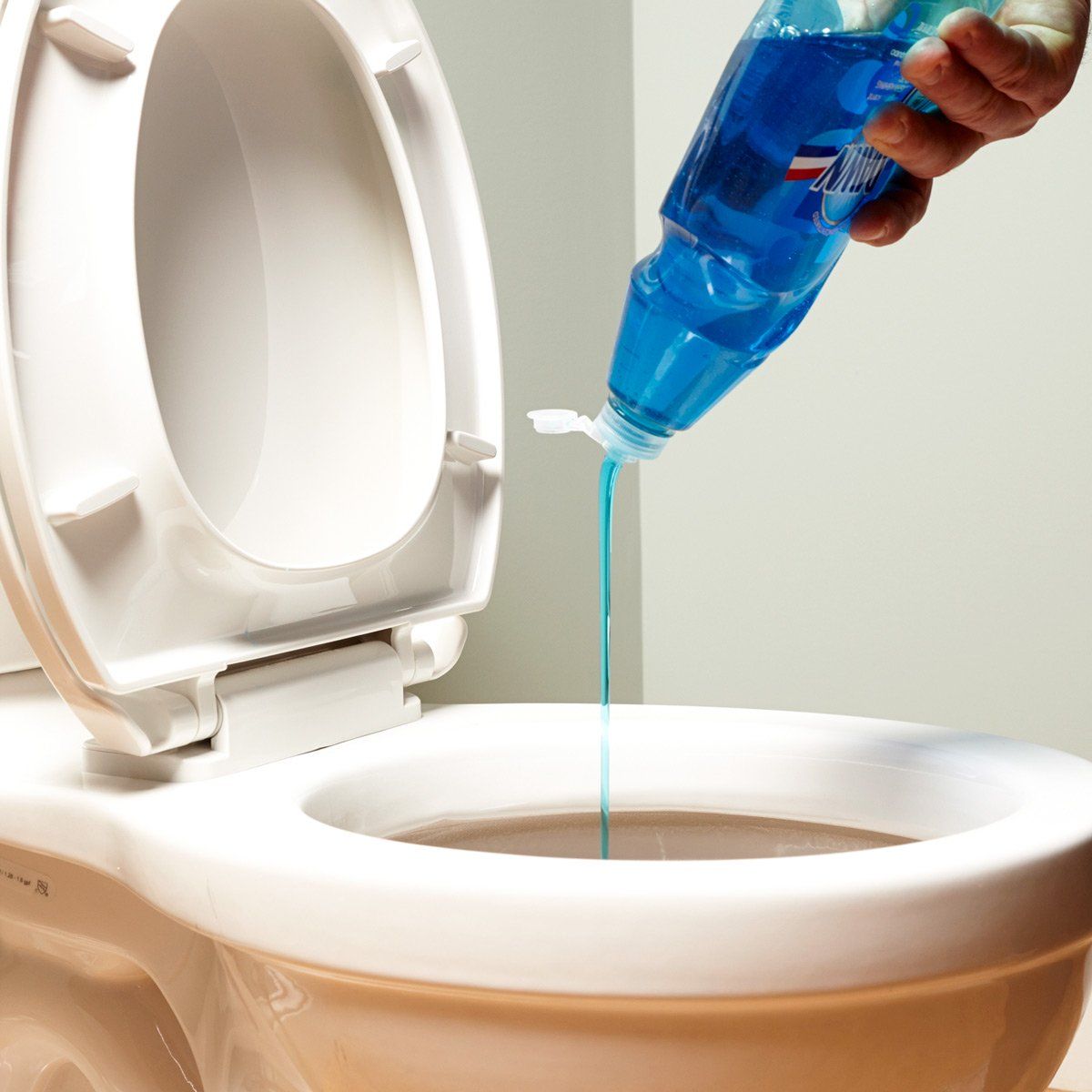
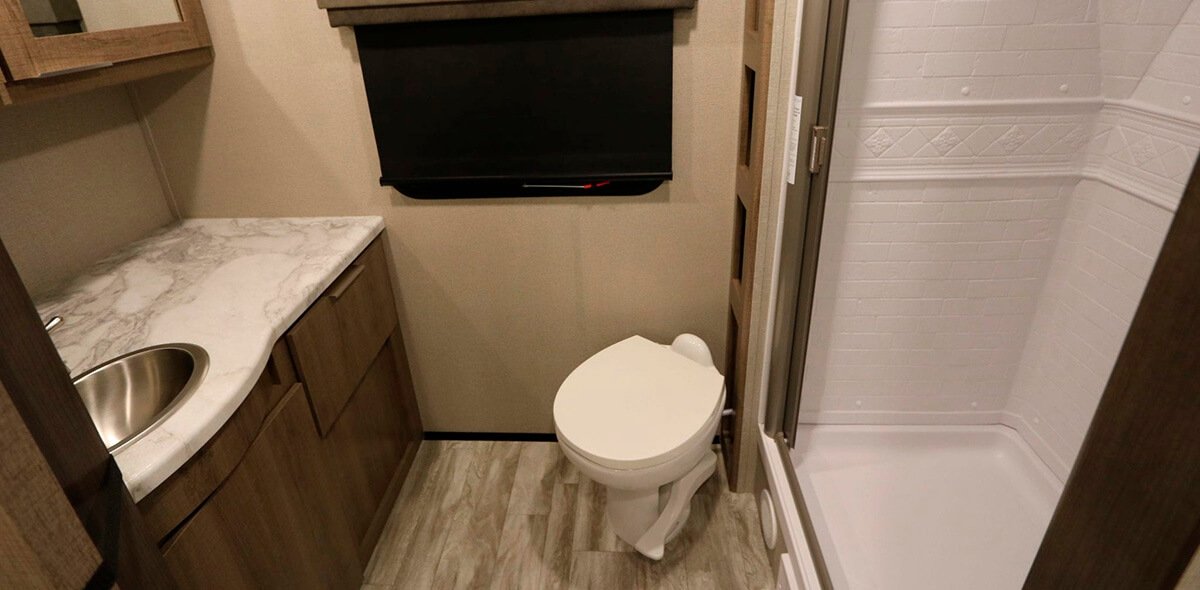
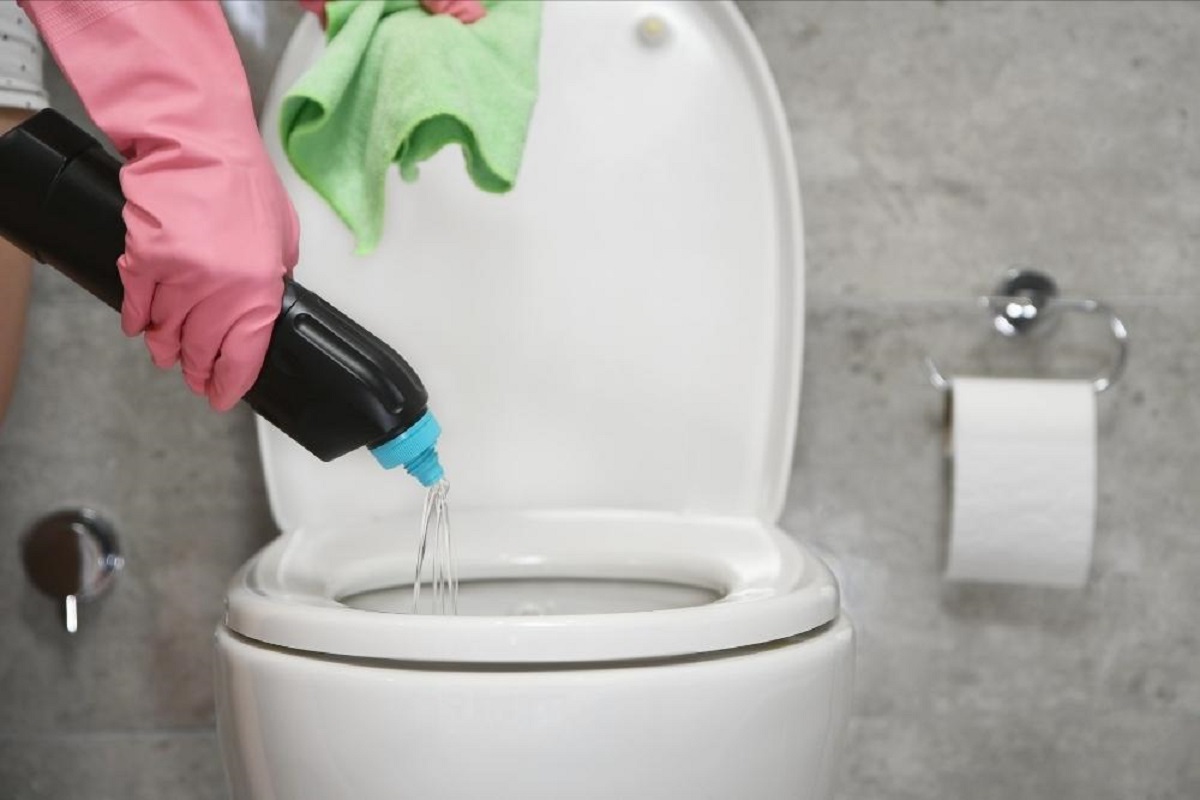
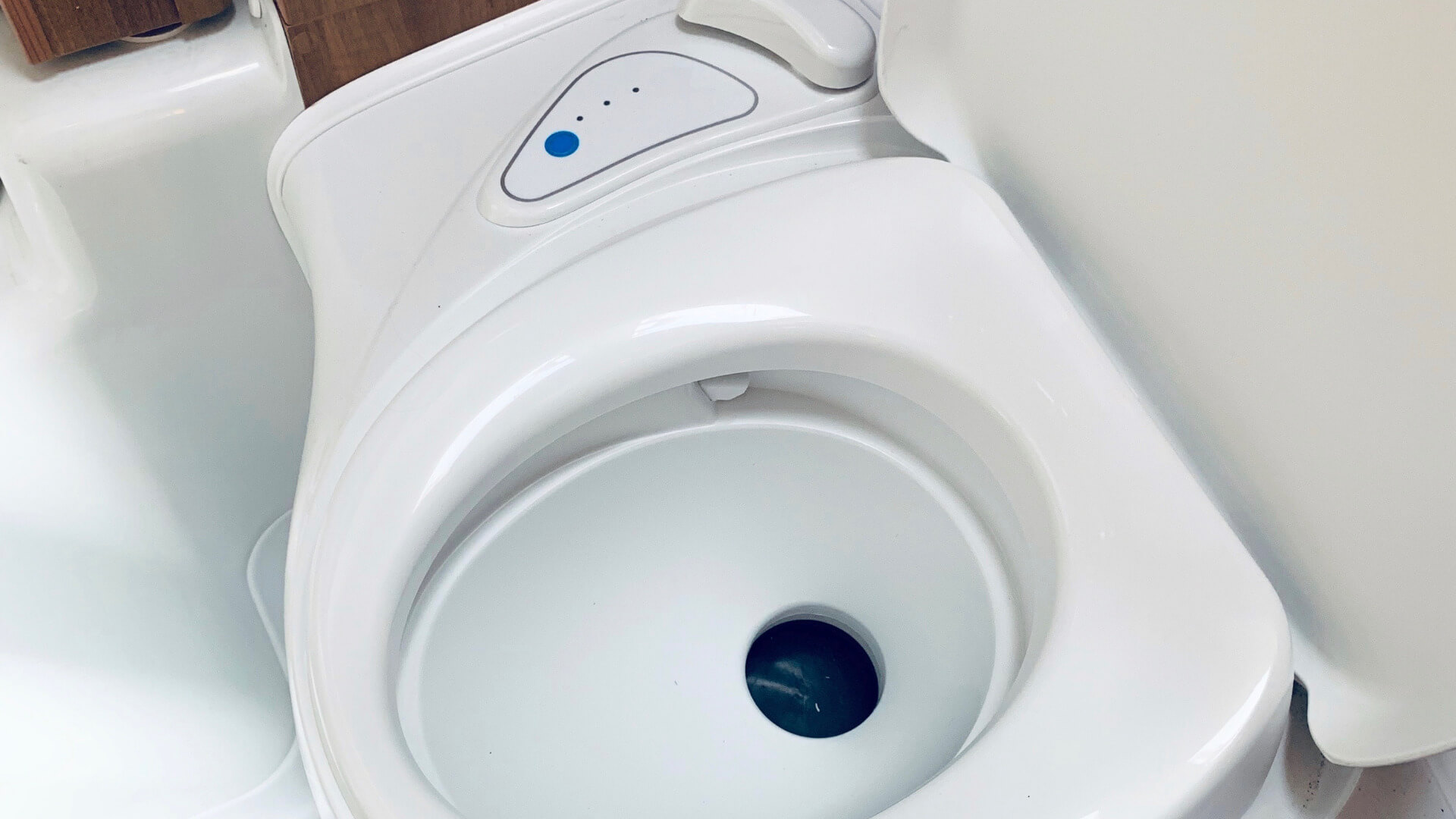
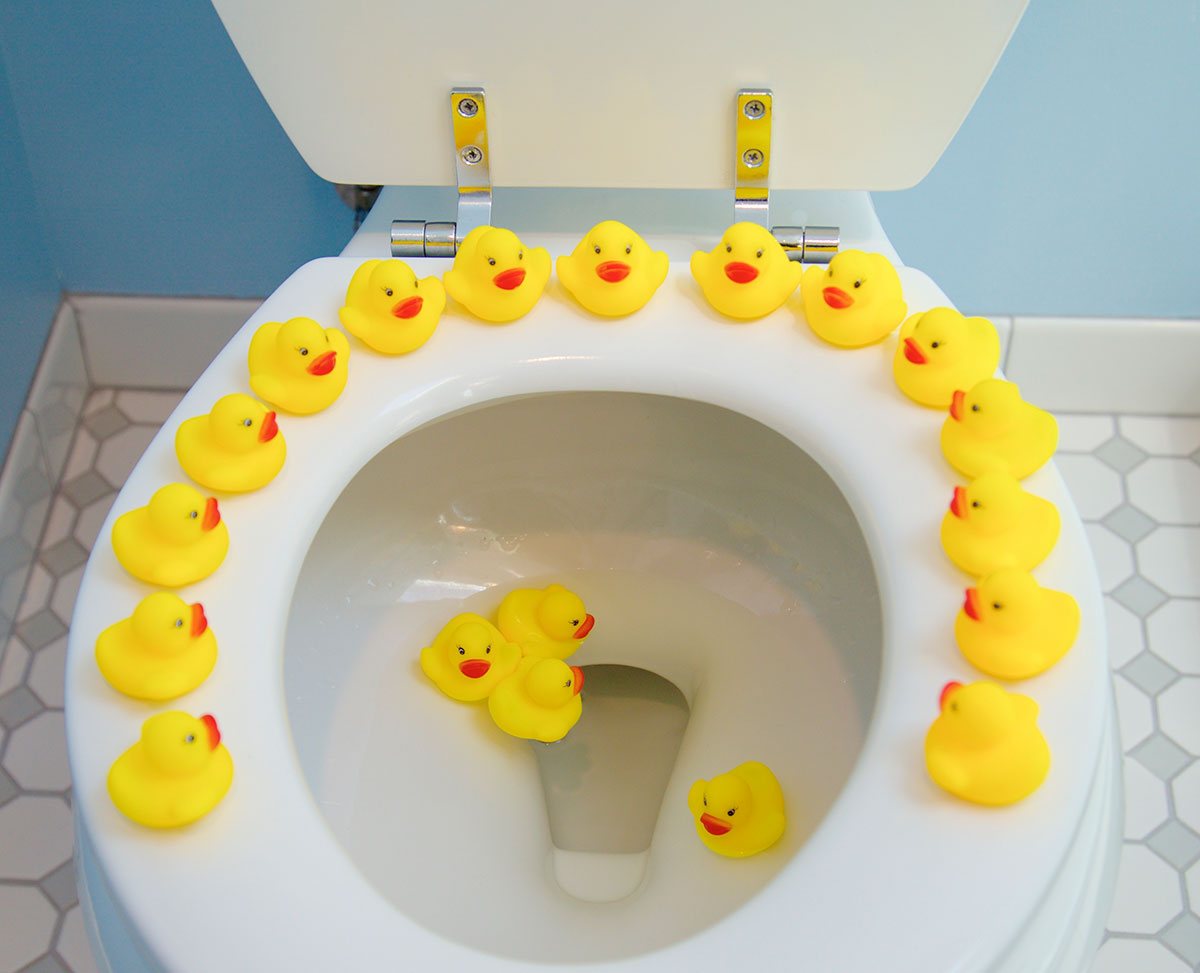
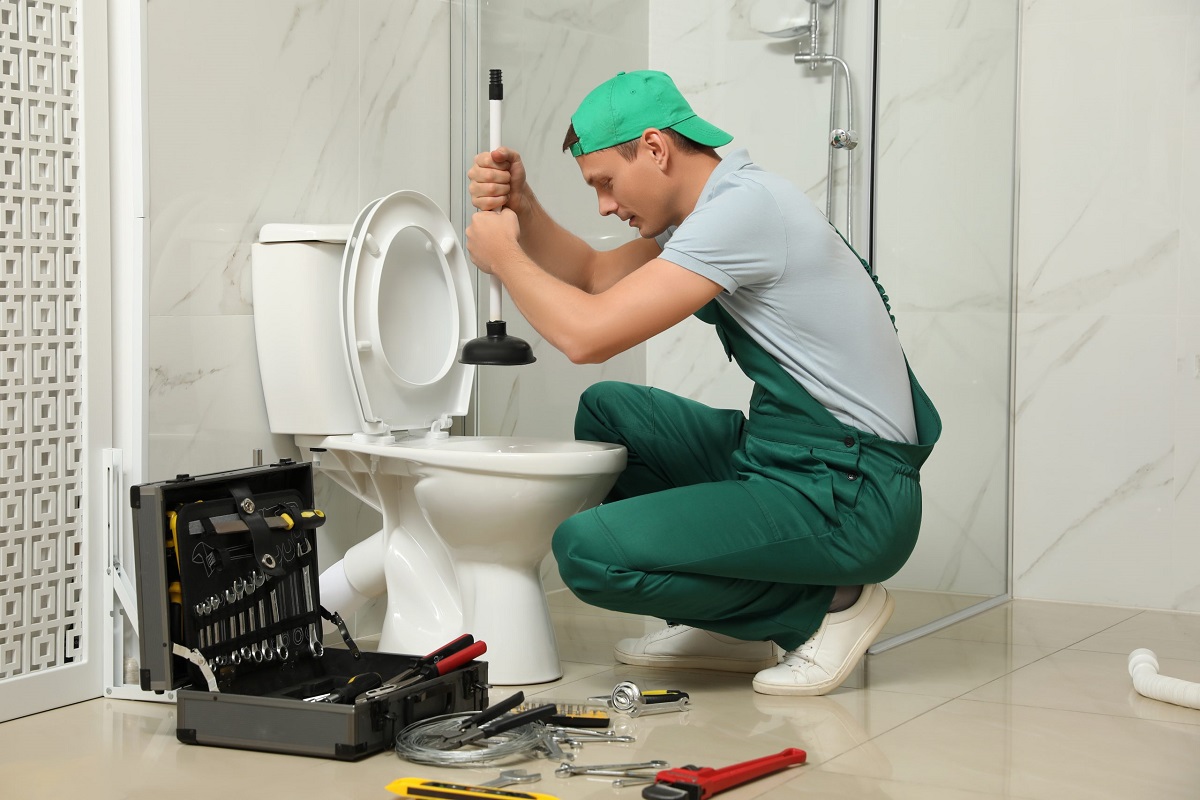
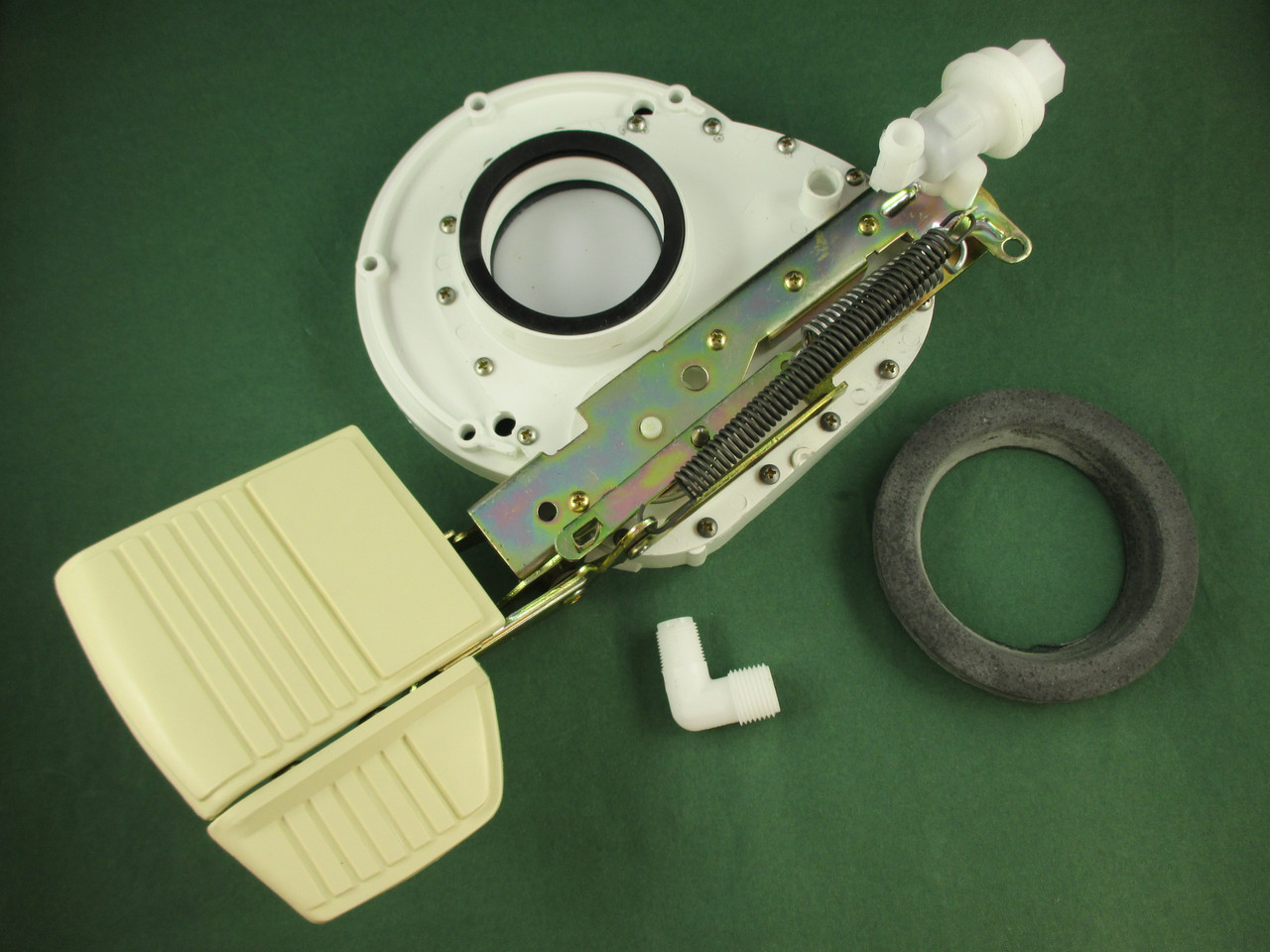
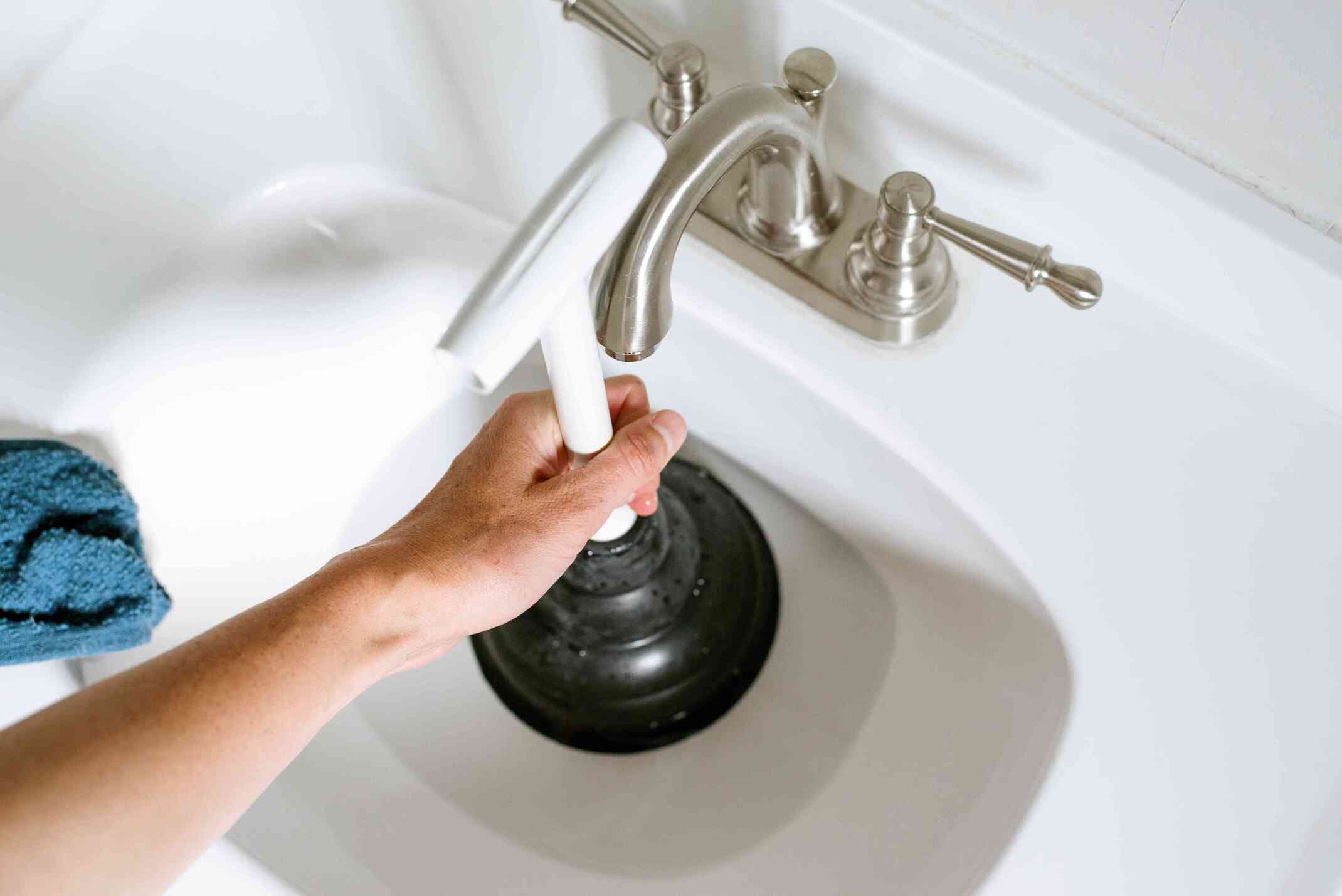
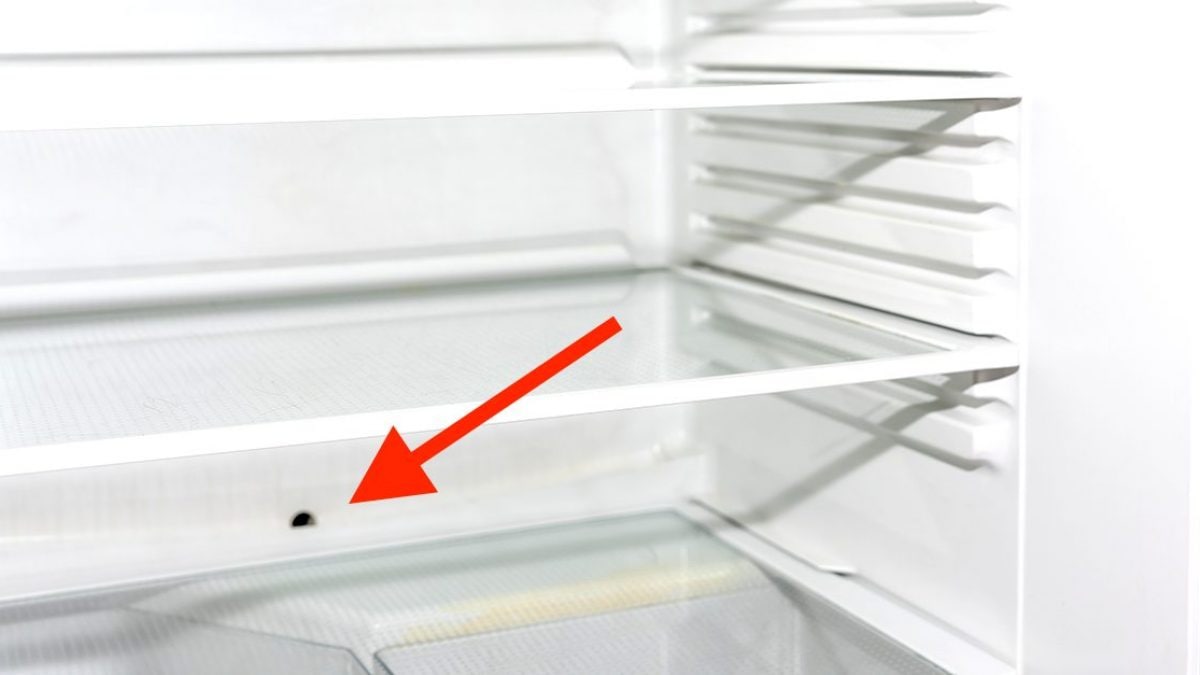
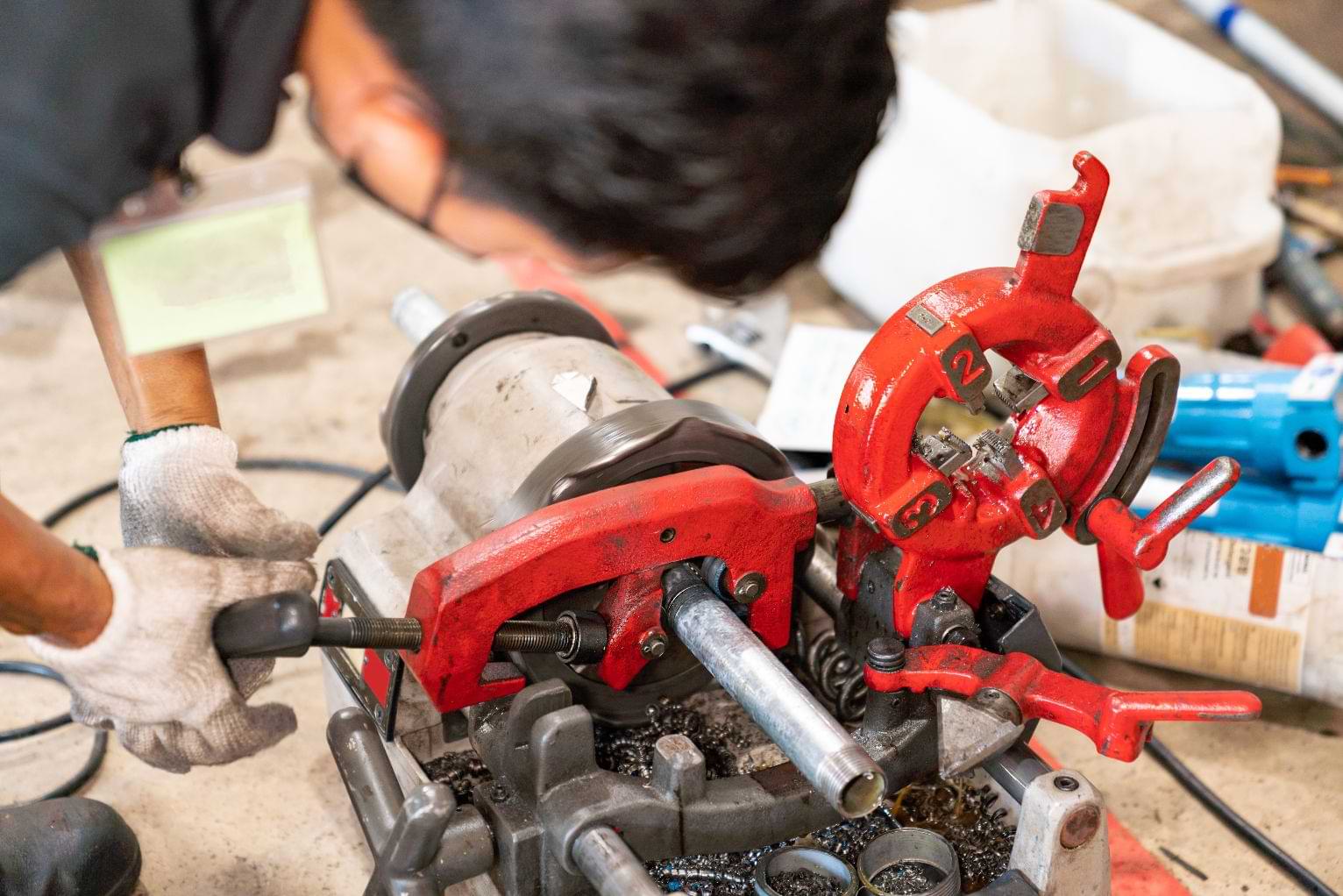
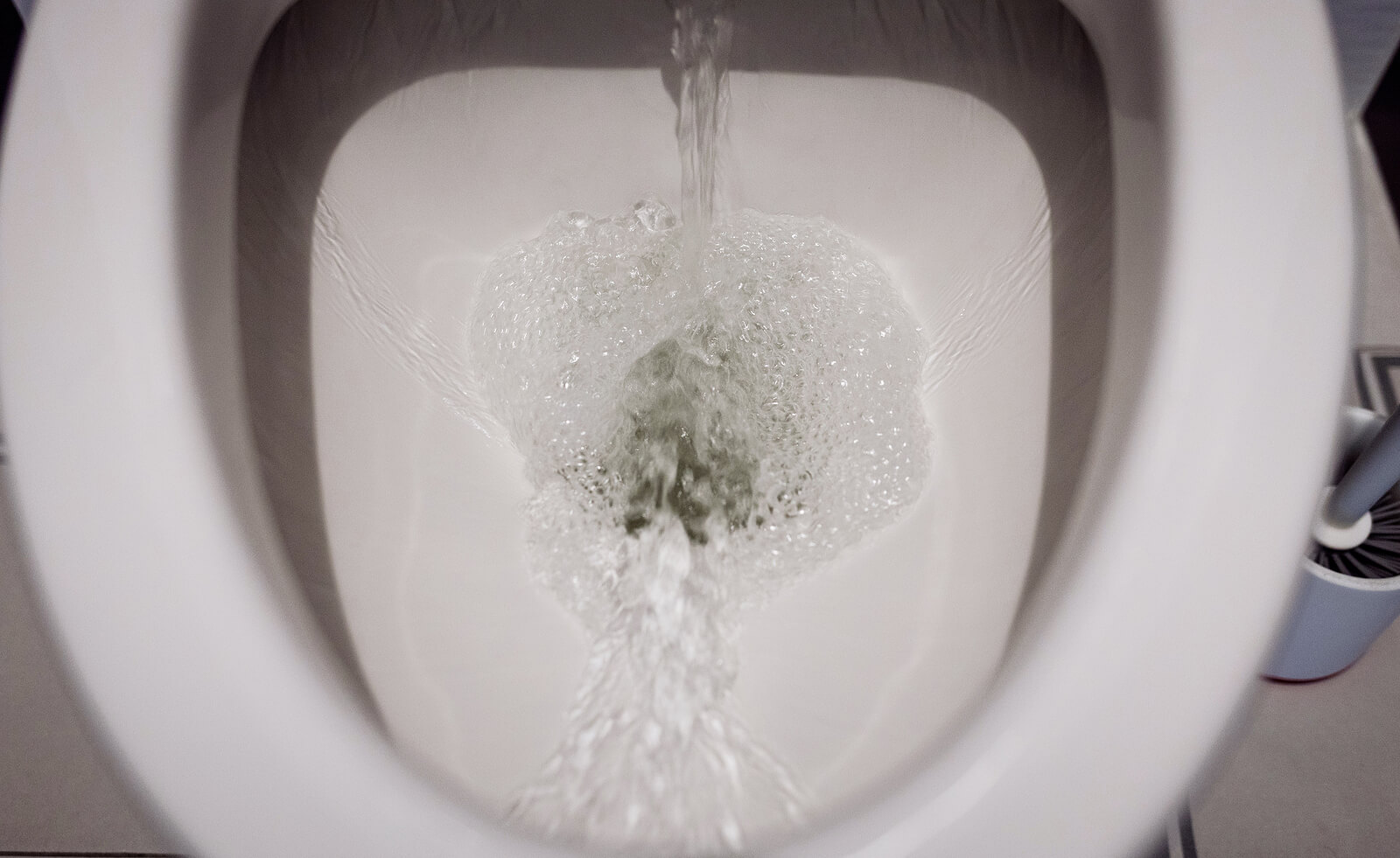

0 thoughts on “How to Unclog RV Toilet”